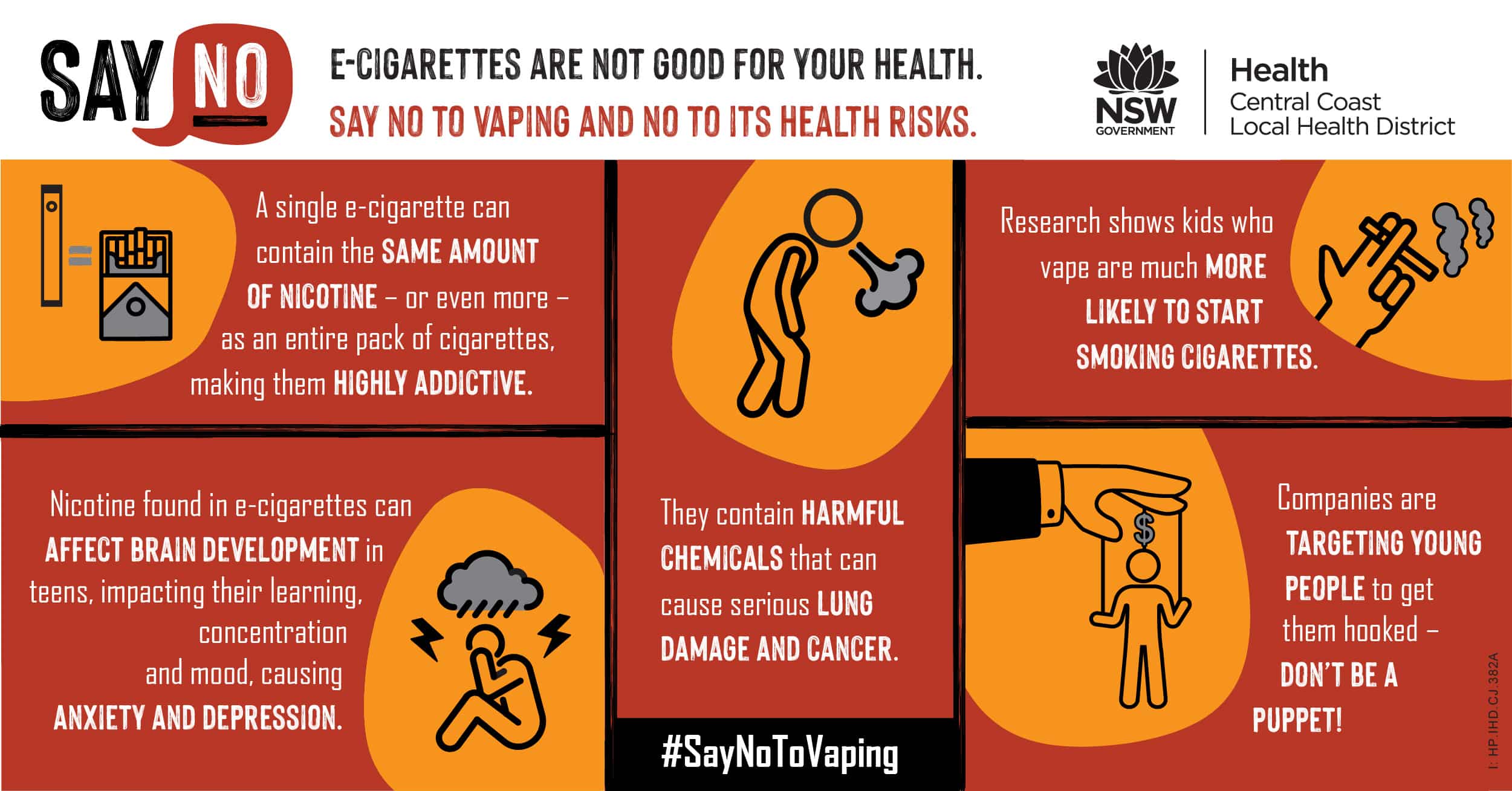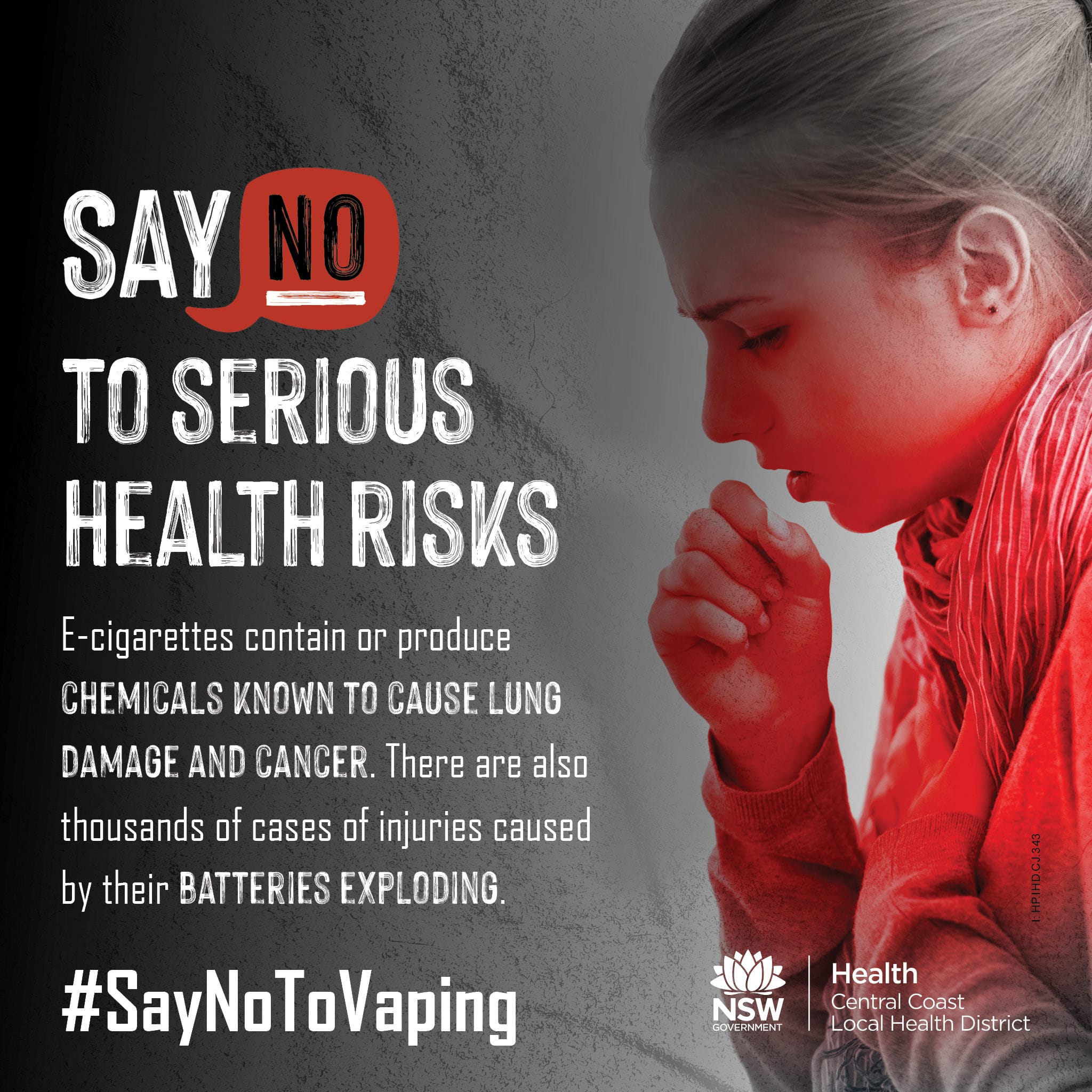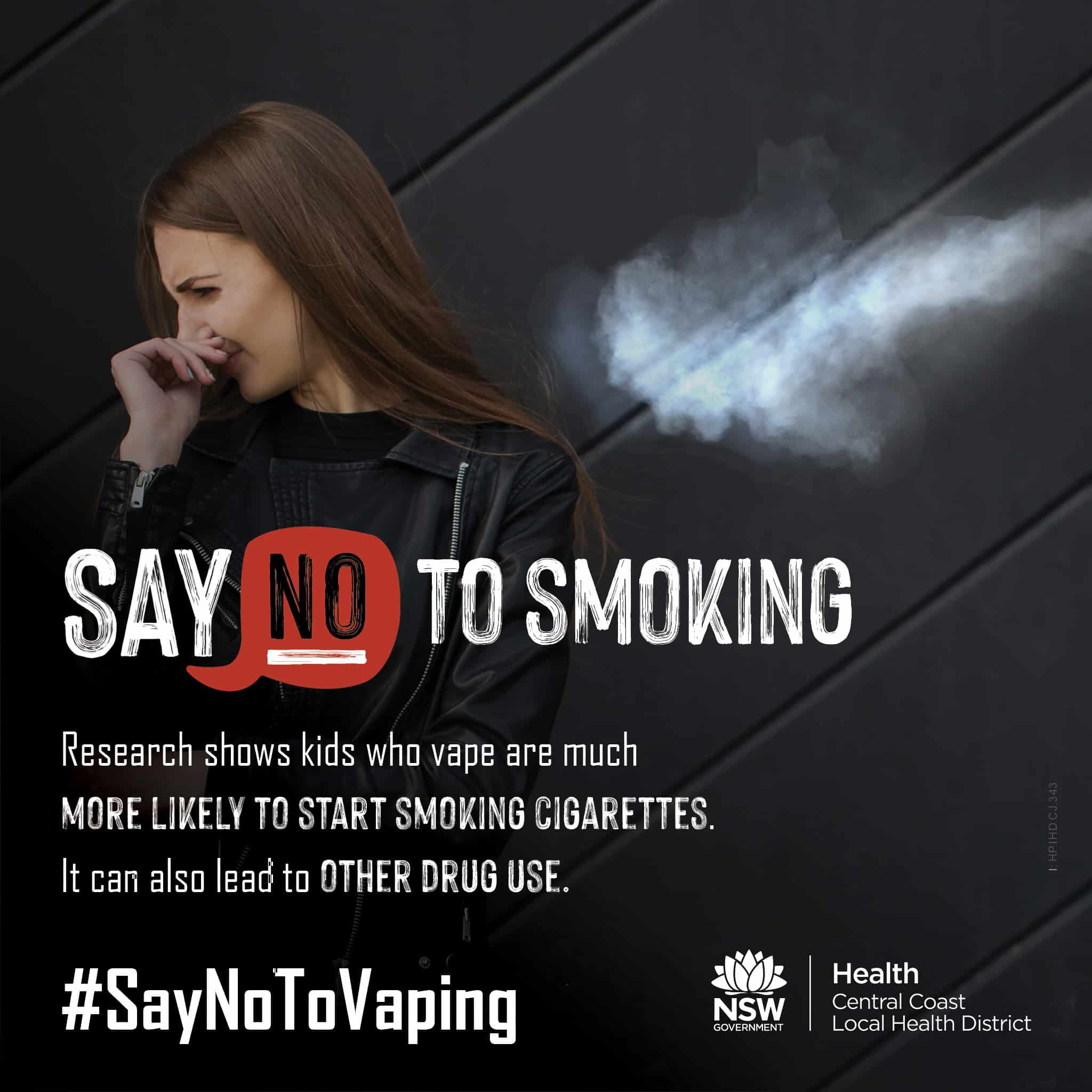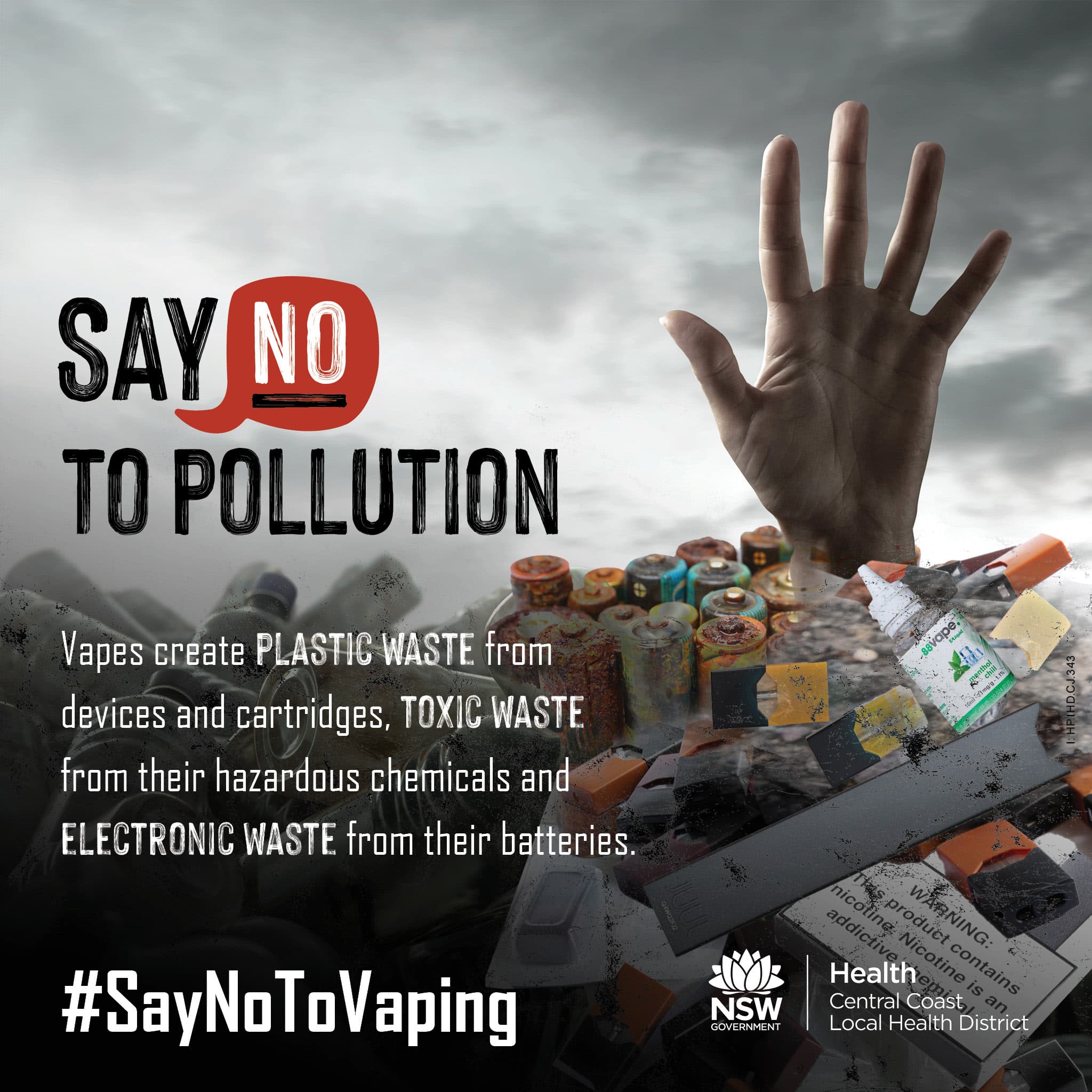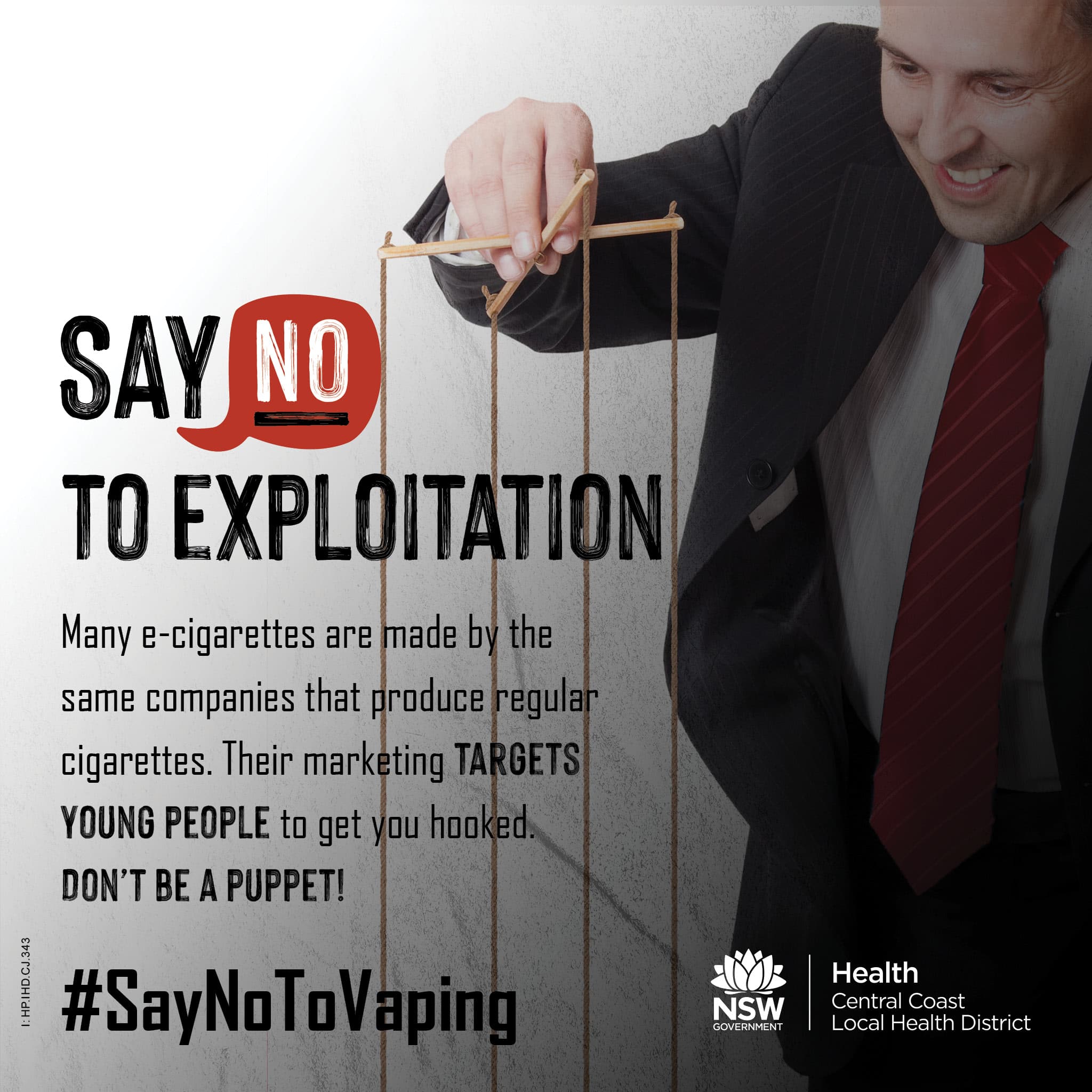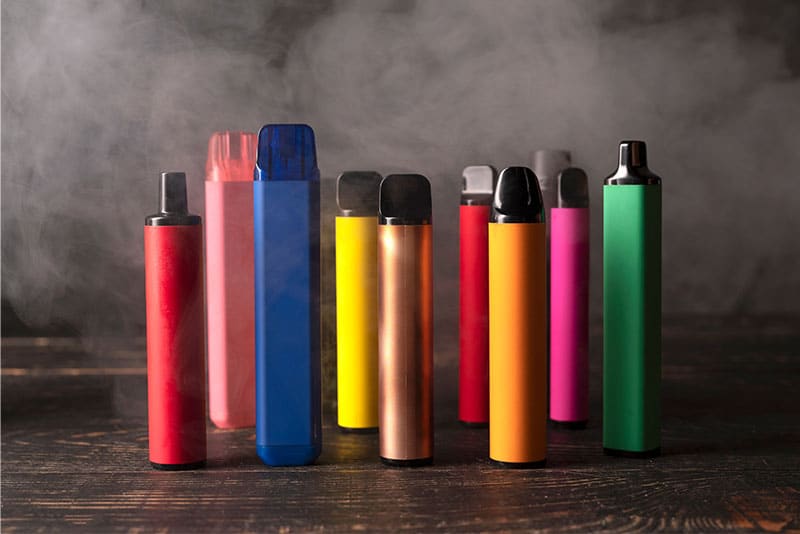Say No to Vaping
A campaign to highlight the health risks of using e-cigarettes to teenagers.
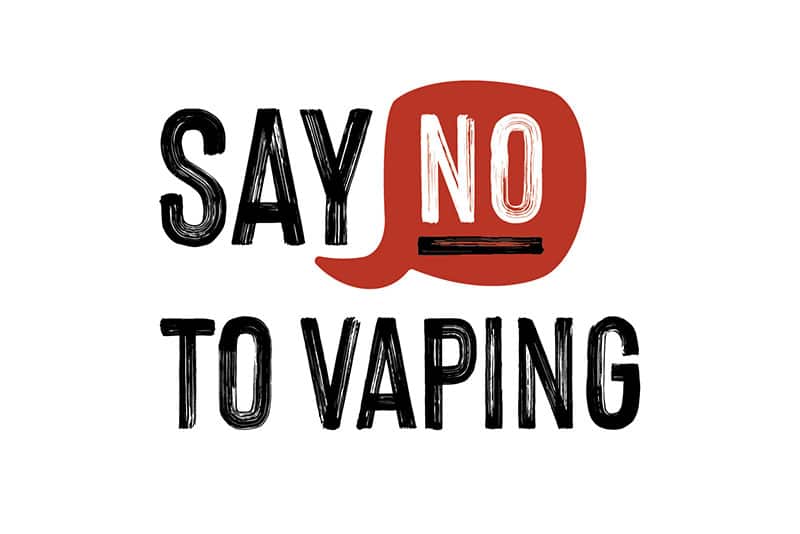
Growing use of e-cigarettes
The use of e-cigarettes among young people is a growing concern on the Central Coast and indeed across all of Australia. That’s why we launched our Say No to Vaping campaign.
The campaign aims to raise awareness of the health risks young people are exposing themselves to by using electronic cigarettes (e-cigarettes).
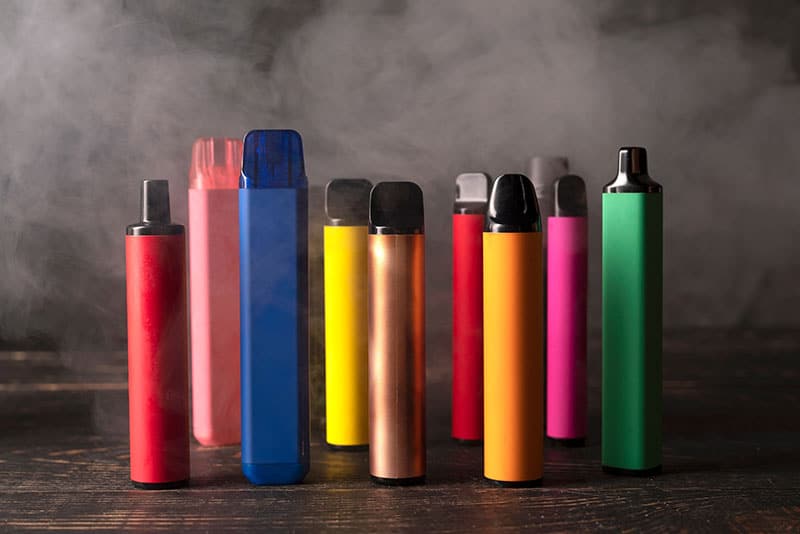

The problem
E-cigarettes are not only addictive, but also contain or produce harmful chemicals and toxins that can cause some of the same serious health problems as smoking tobacco. The nicotine found in them is highly addictive and can affect brain development in teens, impacting their learning, concentration and mood, causing anxiety and depression.
Despite this, data on teenage vaping in Australia in 2017 indicated one in five students aged 16 to 17 had used an e-cigarette, while nearly one in 10 students aged 12 to 15 had used one. Our work with schools and community groups across the Central Coast tells us that this is a growing concern for them.
The campaign
Say No to Vaping aims to provide the facts about vaping in order to empower teens to make informed decisions about whether they should vape. We have produced a number of materials you can use and share, including videos, social media tiles and printable posters, as well as FAQs. You can download the resources below.
Read the launch media release here.
Say no to addiction, say no to anxiety and depression, say no to being exploited, and say no to the serious health risks. Say No to Vaping.
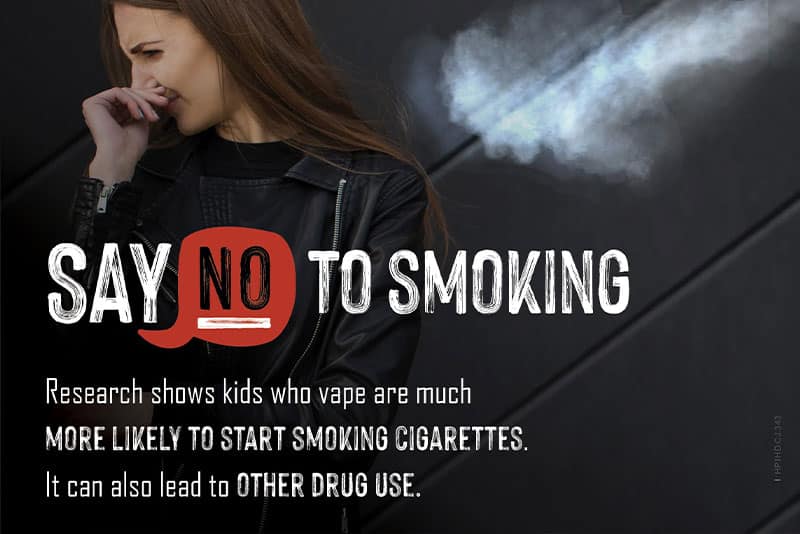
Resources
Say No to Vaping infographic
Say No to Serious Health Risks
Say No to Smoking
Say No to Pollution
Say No to Exploitation
Frequently asked questions
Vaping is inhaling a vapour produced by an electronic cigarette (e-cigarette).
E-cigarettes are battery-powered and may look like traditional cigarettes, cigars or pipes, as well as everyday items like pens, highlighters or USB memory sticks. They have cartridges filled with a liquid that typically contains nicotine, flavourings and chemicals. This liquid is heated by the battery, producing a vapour that the user inhales, hence the term “vaping”.
No. Despite their appealing flavours, many e-cigarettes contain or produce chemicals and toxins such as formaldehyde and heavy metals that can cause DNA damage, serious lung damage and cancer. They also contain other chemicals not found in tobacco smoke, and it is not yet known what effects these will have on your health in the long-term – so why take the risk?
What’s more, they can cause physical harm too; there are now thousands of cases of people being injured by faulty e-cigarette batteries exploding.
Hazardous substances have been found in e-cigarette liquids and in the vapour produced by e- cigarettes, including formaldehyde, acetaldehyde and acrolein, which are known to cause cancer.
The vapour could also be delivering metal particles like chromium, nickel, lead, tin and aluminium into your lungs, and some of these metals are toxic.
No, a STIG or HQD Cuvie refers to vaping using a particular brand of e-cigarette. Both STIGs and Cuvies are shaped like USB sticks and do not look like a traditional e-cigarette. Unlike traditional e- cigarettes that require a battery or charger, many STIGs and Cuvies can be charged by being plugged into a USB drive or any electronic device.
Yes. Most e-cigarettes contain nicotine – the same highly-addictive chemical that’s in regular cigarettes. In fact, dependent on the size and type of e-cigarette, they can contain as much nicotine as up to three entire packs of cigarettes!
This is not good for you. Nicotine can affect brain development in teens, impacting their learning, concentration and mood, causing anxiety and depression. Putting nicotine into your body also increases your risk of other types of addiction in later life. Emerging evidence suggests non-smokers who vape are three times more likely to take up tobacco smoking than those who do not vape.
When e-cigarettes were first available, it was thought they could be used to help smokers cut down and eventually quit smoking regular cigarettes. Since then, evidence has shown they are not more effective, and that is why they are not an approved product for helping people to quit. Even more concerning, studies have shown high school students who start using e cigarettes are much more likely to begin smoking regular cigarettes as well.
If you are trying to quit smoking, nicotine replacement therapy (NRT) is a better choice. If you would like help to quit, call the Quitline program on 13 7848 , visit the iCanQuit website or talk to your parent or guardian, or a health professional.
The sale of e-cigarettes containing nicotine is illegal in NSW. It is also illegal to use e-cigarettes in places where smoking is illegal, including:
- Within 10 metres of children’s play equipment in outdoor public places
- Public swimming pools
- Spectator areas at sports grounds or other recreational areas used for organised sporting events
- Public transport stops and platforms, including ferry wharves and taxi ranks
- Within 4 metres of a pedestrian access point to a public building
- Commercial outdoor dining areas
Do You Know What You’re Vaping?
NSW Health has also launched the Do You Know What You’re Vaping? campaign. The campaign highlights the hidden chemicals in vaping products. These are the same harmful chemicals found in cleaning products, nail polish remover, weed killer and bug spray.
The campaign page has downloadable resources including factsheets, posters, social media tiles and videos, with different resources and information for young people, parents and carers, teachers and schools and health professionals.

Other pages you might be interested in
Latest News


Advice and support on alcohol and pregnancy

